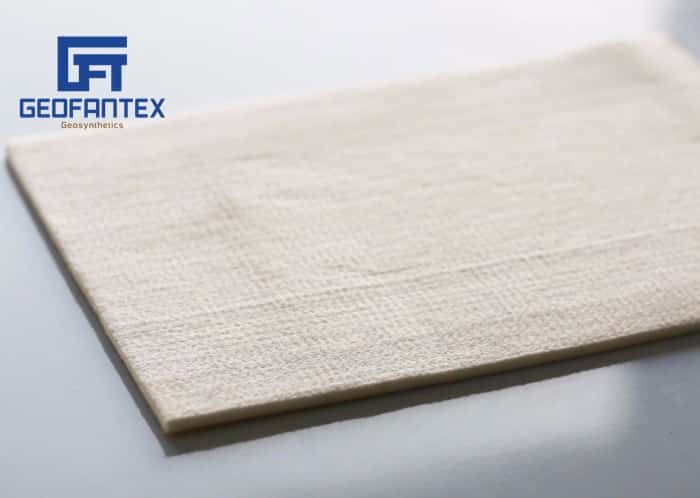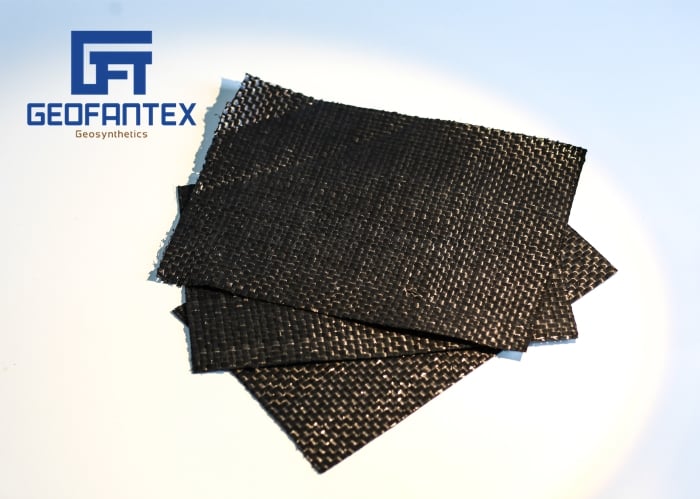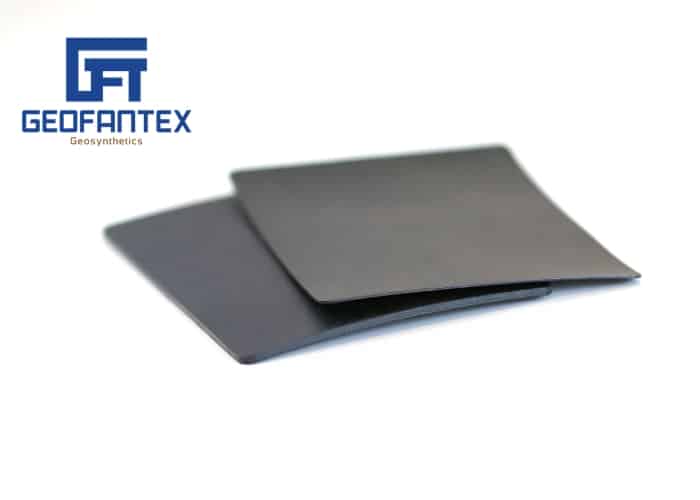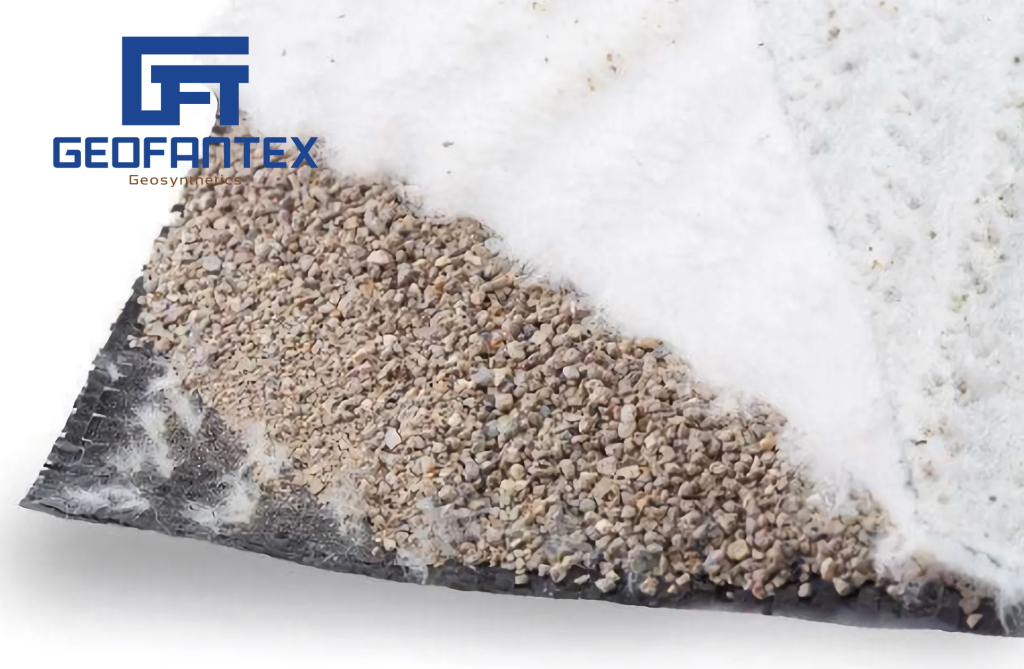Storage And Containment of Liquids
+86-159 9860 6917
info@geofantex.com
geofantex@gmail.com
+86-400-8266163-44899
Geosynthetics play a crucial role in storage and containment systems, effectively containing, carrying, and storing liquids ranging from fresh drinking water to high saline, acidic, alkalic, and toxic substances. Geofantex offers a diverse range of products for storage and containment purposes, including Geosynthetic Clay Liners (GCLs), High-Density Polyethylene (HDPE), Low-Density Polyethylene (LDPE), and Linear Low-Density Polyethylene (LLDPE). These materials are utilized primarily for storing, containing, and isolating liquids. Additionally, Geofantex provides lightweight and cost-effective structural liquid storage systems designed for stormwater management, runoff control, and stormwater harvesting.
The Main Functions of Various Geosynthetics:
| SEPARATION | REINFORCEMENT | FILTRATION | DRAINAGE | WATERPROOF | PREVENTION | POLLUTION PREVENTION | PROTECTION | CONSOLIDATE | |
| GEOTEXTILE | √ | √ | √ | √ | √ | √ | |||
| GEOMEMBRANE | √ | √ | √ | ||||||
| GEOGRID | √ | √ | |||||||
| GEONET | √ | ||||||||
| GEOTUBE | √ | ||||||||
| GEOCELL | √ | √ | |||||||
| GCL | √ | √ | |||||||
| GEOCOMPOSITE | √ | √ | √ | √ | √ | √ | √ | ||
| GEOCONCRETE BLANKET | √ | √ | √ | ||||||
| Drainage Board B | √ | √ | √ | √ | |||||
| Storage and Drainage Board | √ | √ | √ | √ | |||||
| Grass Paver | √ | √ | √ | √ | √ | √ | √ | ||
| Macmat | √ | √ | √ | √ | √ | √ | √ | ||
| GeoFanTex®GD 2L | √ | √ | √ | √ | √ | √ | |||
| GeoFanPipe® FP | √ | ||||||||
| GeoFanDrain® BC | √ | √ | √ | ||||||
| GeoFanPipe® DCP | √ | √ | |||||||
| GeoFanTRM® Geomantles | √ | √ | √ | √ | √ |
Get Free Sample
We’ll respond as soon as possible(within 12 hours)


























